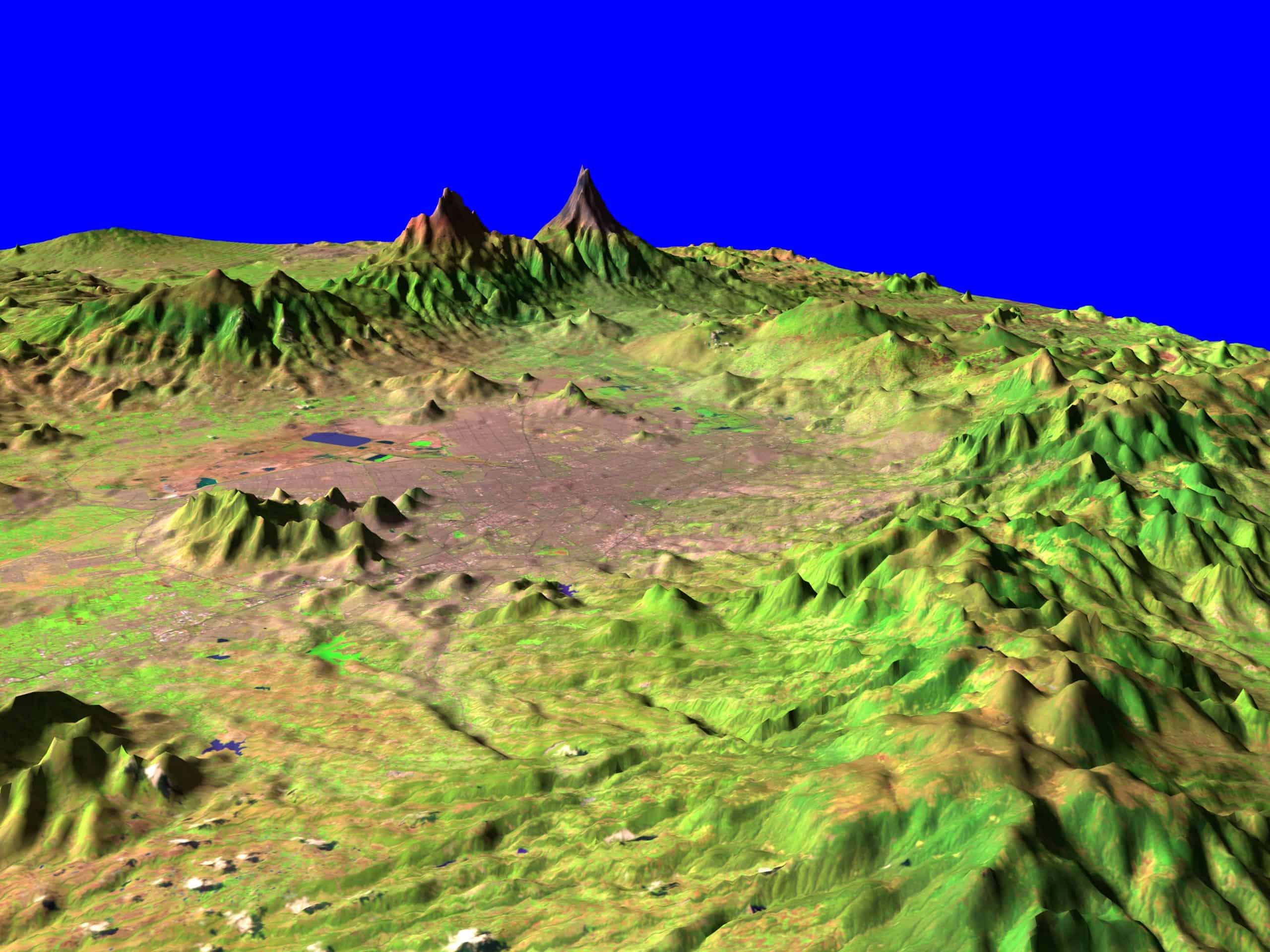
USGS offers another useful tool called elevation profiling. If you aren’t high enough… Slope Within Neighborhoods Everything beyond that up to a 100-year rain backs up into the street until it can be safely released into drainage ditches.

Developers size storm drains to hold a 1- or 2-year rain. Streets are usually considered part of the flood retention system. When buying a home, elevation above street level can be a valuable consideration. Others around it ranged from 1 to 3 feet above street level. On a block that flooded badly in Elm Grove, one home escaped. But another home in the same neighborhood has a 4.5 foot difference! This home sits 4.5 feet above the street.Ĭlick around in different neighborhoods, especially those that flooded. Note 3 foot elevation difference between slab and house in Streets Basemap.
Click on the home that interests you to see the elevation of the slab. Zoom in on the area of interest or enter an address. Switch to the base map called Streets (if you were in something else). This question is crucial if you want to avoid street flooding during high intensity rainfalls that overwhelm the capacity of storm drains and force water to back up in the streets. You can also see that the entry for East End Park is at 53.68 feet – more than 11 feet lower just a couple blocks away. In the example shown above, you can see that Riverwood Middle School at the intersection of High Valley and Kingwood Drive is at 65.03 feet. A list of ALL the places you clicked with their elevations will show up in the right hand box. You can click as many different points as you want. To erase the points you selected, click “Deactivate.”Įlevations for Riverwood and East End Park Parking Lot. An info box will pop up that shows the location and elevation at the blue dot(s) where you clicked. Click on the map location or locations that interest you. A box will pop up on the right side of the screen. Above the map area, click on the icon that shows an XY. Different base maps allow different degrees of zooming and show various features such as streets, water features, topography, etc., so experiment. Select a base map by clicking on the icon with the four squares that form another square. Enter an address or just zoom into the area of interest. Geological Survey website called the National Map Viewer. Understand where floodwaters might collect. Figure out why some people in a neighborhood flooded and others didn’t. 

This is not something to take to the bank, but if you’re trying to: While the site says the elevations are not as good as a survey’s, I found the elevation for my house to be within inches. Ever wonder how high your slab is compared to the elevation of your street? Or where water is likely to collect in a neighborhood? The US Geological Survey (USGS) has given us a quick and easy way to lean more about elevation.







 0 kommentar(er)
0 kommentar(er)
